
Have people in your life become more active outdoors recently? Since the COVID-19 pandemic began, more people have picked up physical activities such as biking, hiking, and running. In 2020, gyms closed and in-person races were canceled. Consequently, fitness apps saw a 47% download increase and virtual races boomed.
In other words, exercising outdoors is here to stay, likely even in post-pandemic times.
I have been a hiker for over 10 years, summiting peaks across California such as Tumanguya (Mt. Whitney). However, in the early months of the pandemic, many popular hiking trails were closed to reduce crowding and unnecessary injuries. As a result, I began running in my neighborhood, completing monthly challenges such as a May 5K run on the Strava app.
Now, like many runners who hike, I have begun the next thing: trail running.
One clear difference between road and trail running is the terrain: road runners run on paved, often urban, surfaces, while trail runners run on unpaved, often hilly, surfaces. Trail running favors sunlit views to traffic lights. Here are five compelling reasons why you, too, may love trail running.
1. Speed Doesn’t Matter.
Aim for technique, not speed, on the trail. As a slow runner who has celebrated a moderate personal record of 9:30 minutes a mile, the trail running culture was gratifying. When I run on trails, I do not compare myself with road runners who complete 25-minute 5Ks. Additionally, many trail runners run downhill but hike uphill, reducing their speed by a few minutes per mile. Aiming to hike faster uphill will increase your overall pace. But no one expects trail runners to run the entire route. Instead, I embrace the slowness of a 13-minute mile over sloped knolls and sprawling roots. Focusing on form improves my overall performance as later, I run faster on flat streets.
2. Everything is an Adventure.
Imagine yourself running on your neighborhood sidewalk, past the same buildings you see every day. You stop at traffic lights and end your run at a cafe. While these are excellent ways to create an urban adventure, there is more to experience on a trail. Cities are designed by urban planners to reduce surprises, but no two trails share the same distance, elevation, and difficulty level.
Now imagine running on a hilly trail through a forest, startling a squirrel, jumping across a creek, and stopping to see the views over a wooded valley. Consider everything an obstacle course, including steep hills, water crossings, muddy paths, or trail switchbacks. The last time I ran in the protected forest of Northern California, I counted feral rabbits, smelled the wildflowers, and photographed the morning fog floating through the redwood trees. And I never had to wait at a traffic light or watch for cars.
3. Your Muscles Will Thank You.
Road running typically includes repetitive motions on the same, firm surface, making it more likely to strain muscles. In addition, running on hard, paved surfaces can induce common muscle issues like “runner’s knee.” However, running on softer, unpaved trails reduces muscle impact. Trails vary in slope and technical terrain, challenging trail runners to adapt their speed, stride, and foot placement. Running up and down hills will also challenge different muscles. In other words, trail running reduces overuse through a fuller set of muscle movements. However, there are also more chances for risk, like falling, so any new trail runner should ensure they have the correct footwear and focus on form, not speed.
4. You Will Burn More Calories.
Running is a vigorous activity. If a 150-pound person were to run for one hour, they would burn approximately 600 calories, compared to 400 calories (light biking or hiking uphill) or 200 calories (walking). Trail running on hills may burn up to 1,000 calories, depending on the slope and terrain. Uneven surfaces may increase calorie burn by 5%, according to this study. If weight loss is your goal, try trail running.
5. Nature is Amazing.
“Green exercise,” or physical activity in nature, has been shown to positively increase mental health; this study recommends at least 120 minutes per week of outdoor exercise. Road running on paved surfaces in urban environments may provide some exposure to nature – a tree-lined park, for example – but running on a trail will immerse you in green space. This impact on your mental health cannot be underestimated and may give you the boost of natural happiness you need to complete that challenging mid-week run. Like me, you may feel energized, running in a peaceful, green space away from the busy traffic of the city.

Sonja Lind is an experienced hiker and new-ish runner who lives in Southern California. When she’s not dusting up her shoes on a trail, she works in higher education. Read her occasional blog at www.sonjalind.com.


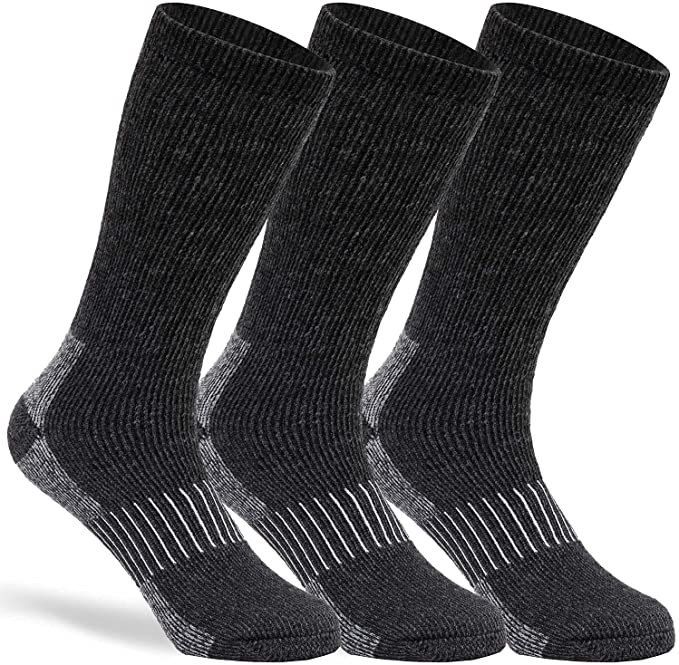
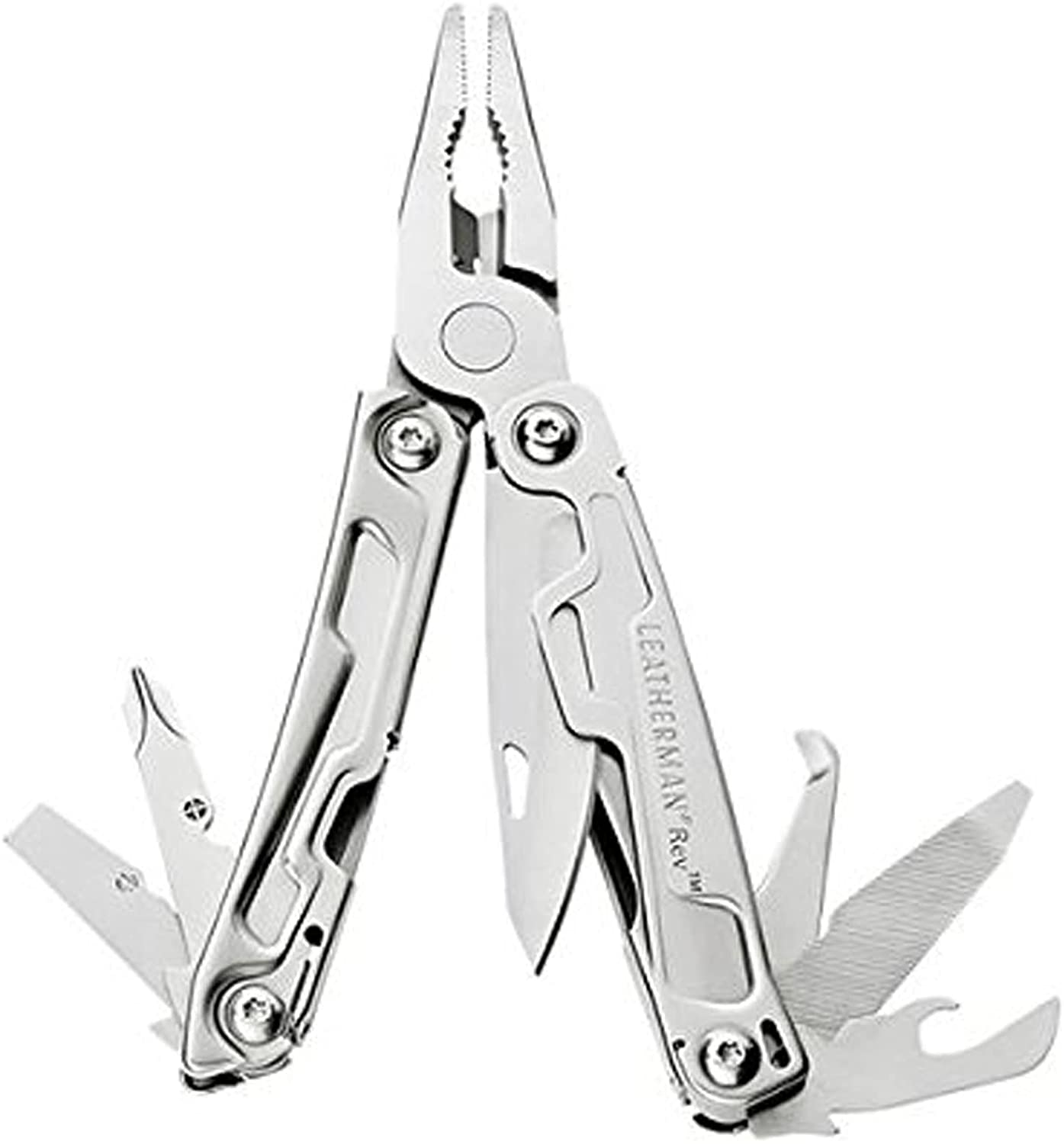
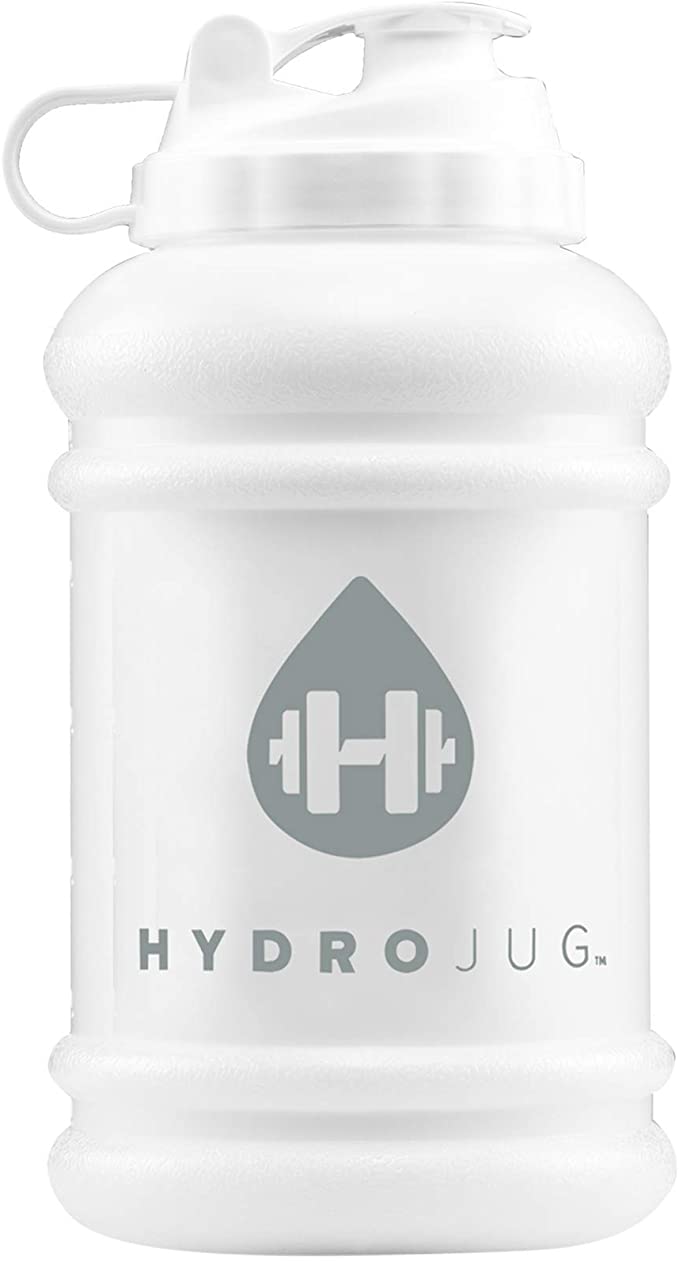


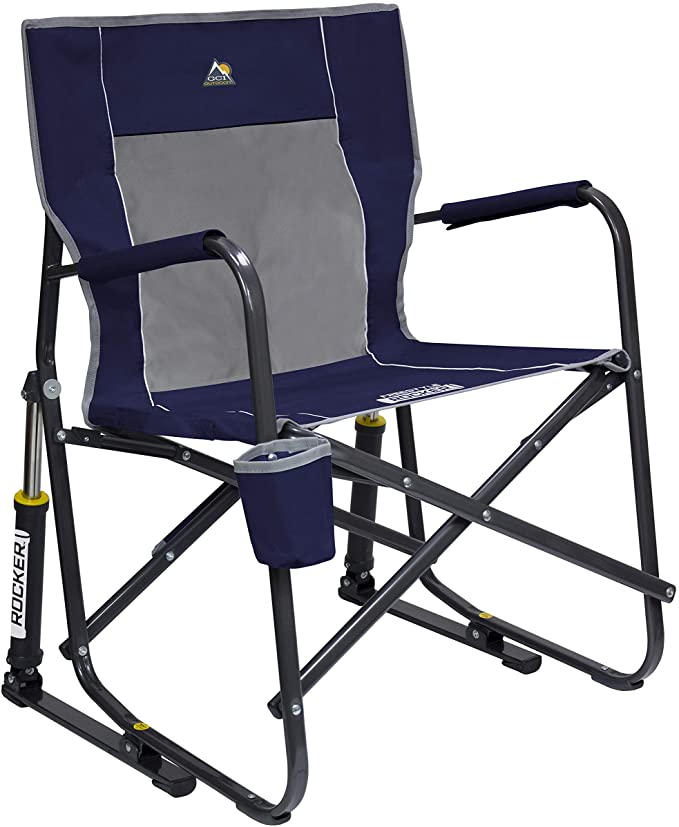

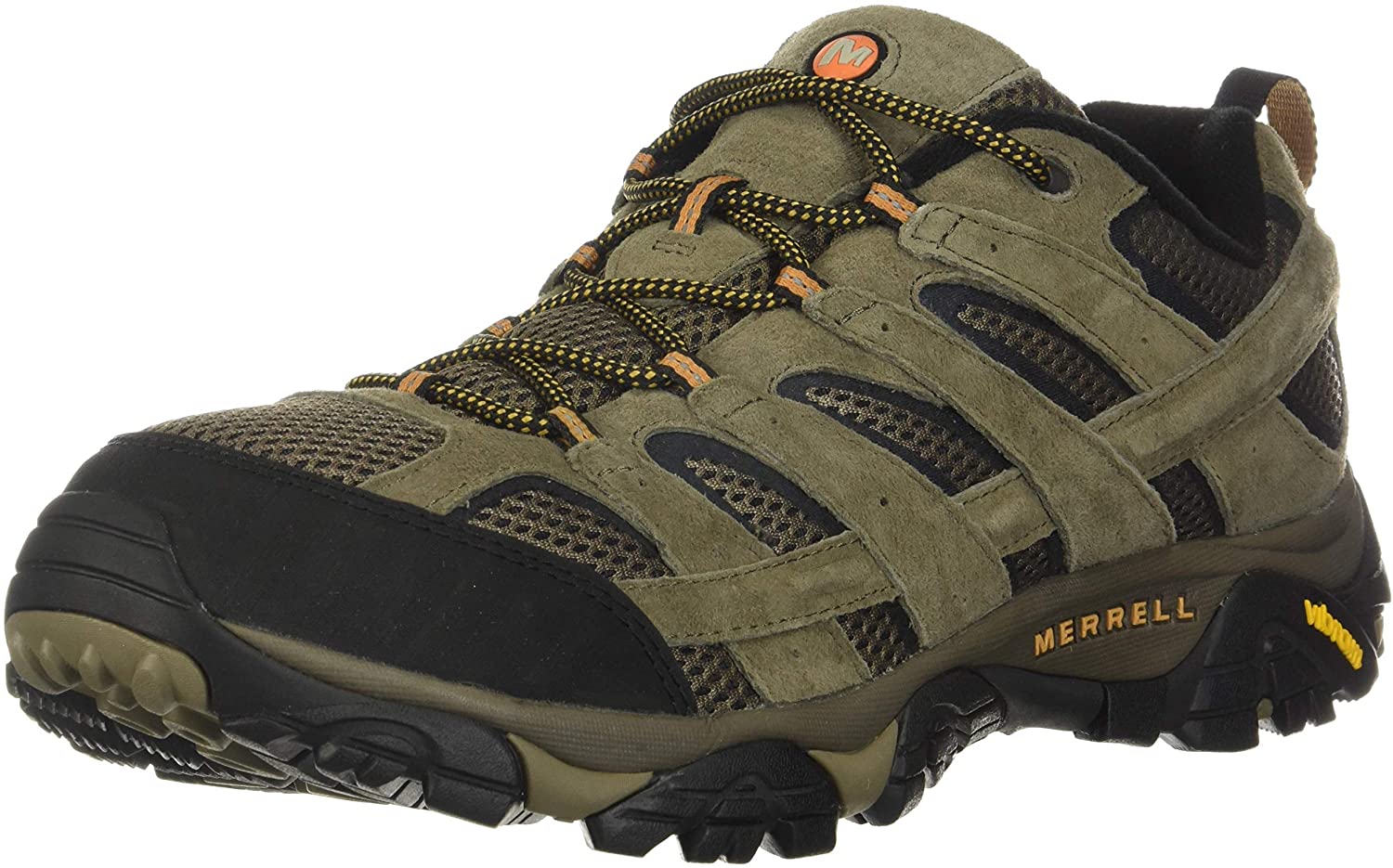

You must be logged in to post a comment.